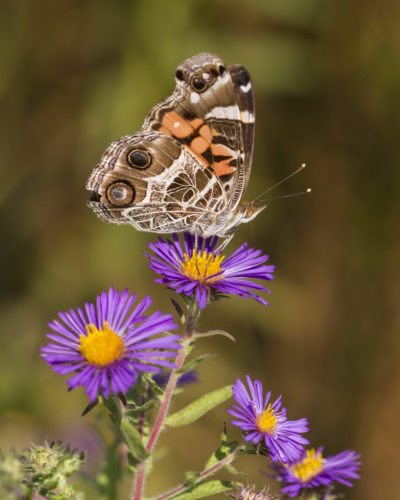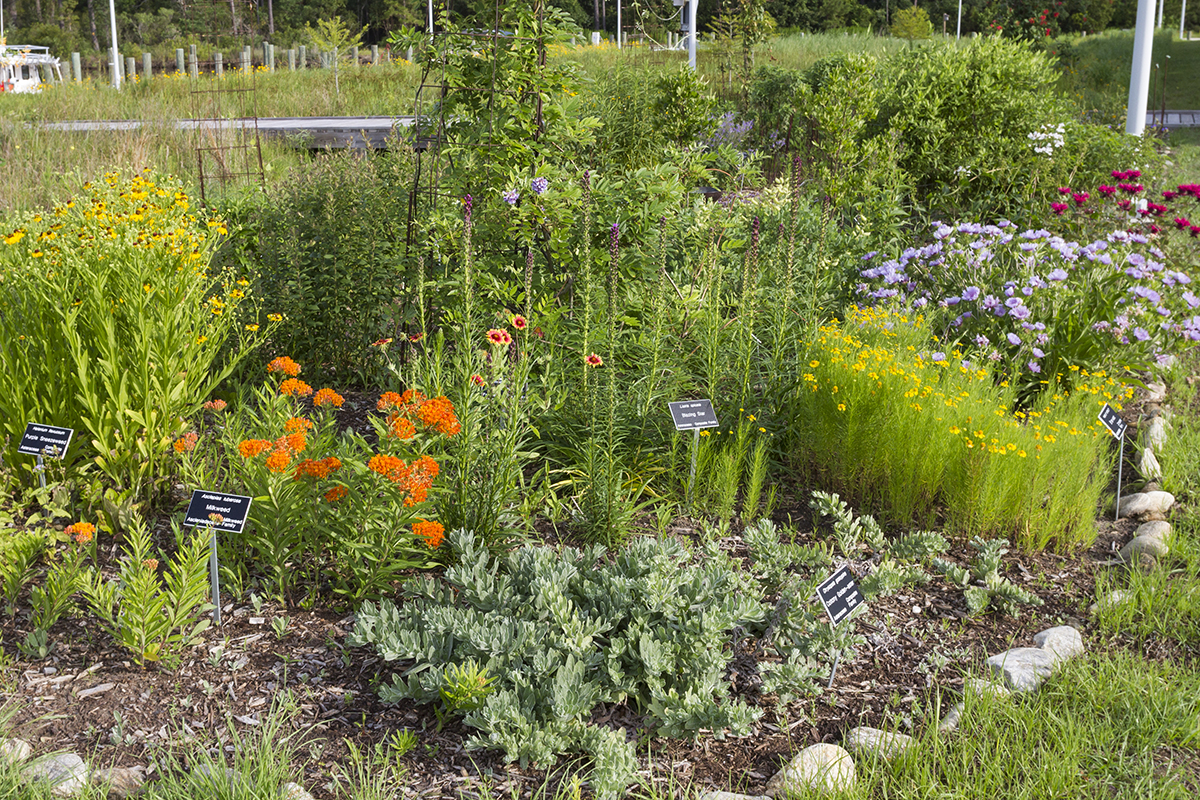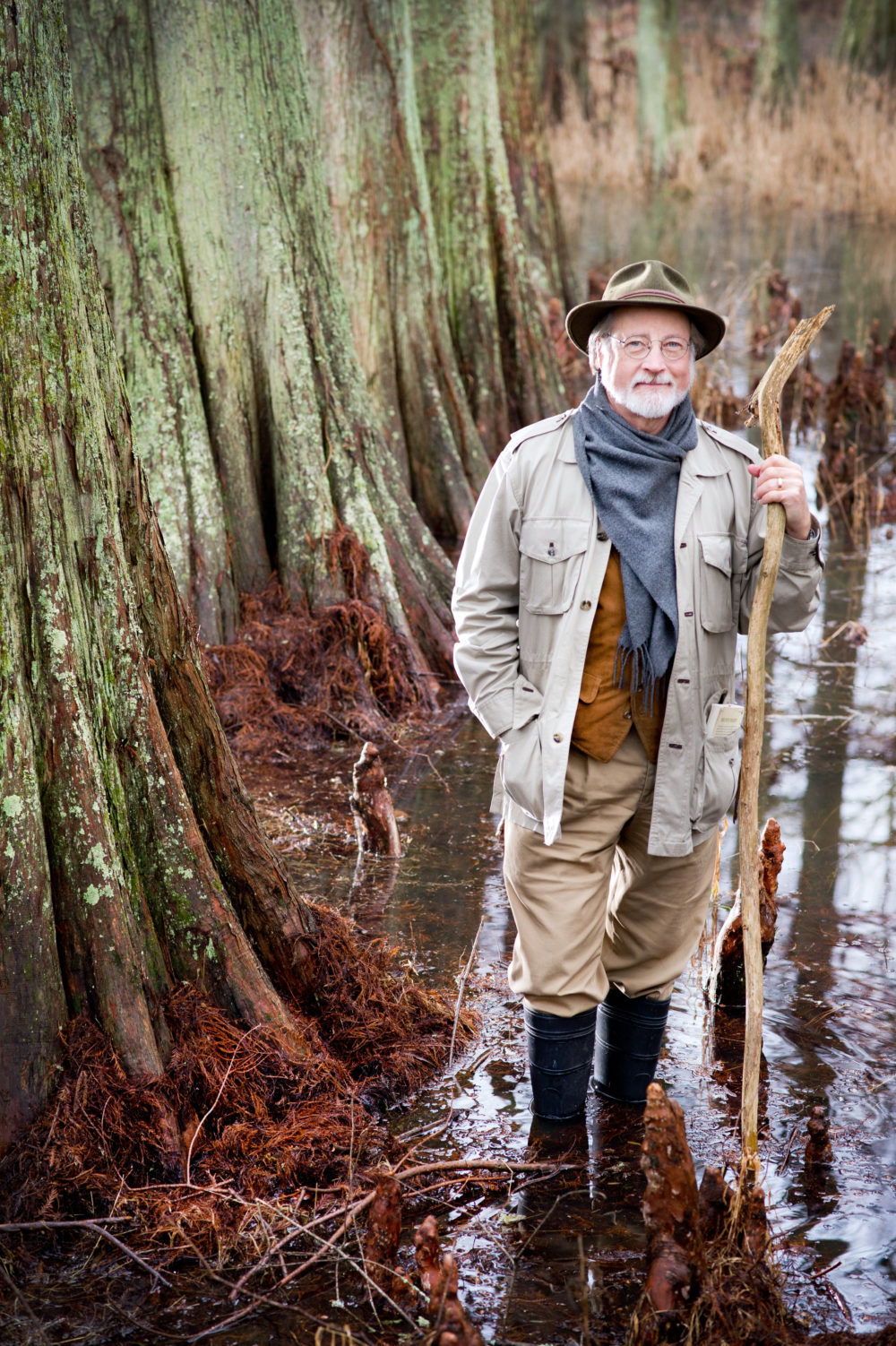
Coastal Landscapes: Initiative Highlights Planning & Planting Strategies
Winter often is a dormant time for many landscapes. But this winter, a new initiative focused on coastal landscapes is growing strong.
“We are seeing new energy across the universities, private industry and community organizations, with partners working together to transform coastal landscaping approaches,” explains Barbara Doll, North Carolina Sea Grant’s water protection and restoration specialist.
The new Coastal Landscapes Initiative, known as CLI, focuses on communities and individual properties. It took root during discussions among Sea Grant extension specialists and colleagues from NC State University’s landscape architecture and horticulture faculty. They saw fertile ground for joining forces with others working on similar topics.
“Our aim with the CLI is to leverage expertise and efforts to make significant progress towards landscapes that are multi- functional, cost-efficient, visually pleasing, socially valuable and environmentally friendly,” notes Andy Fox of NC State’s College of Design, where he is co-director of the Coastal Dynamics Design Lab.
Partners eagerly responded. About 26 joined a planning meeting in December, including representatives of N.C. Cooperative Extension, the N.C. Aquariums, Audubon North Carolina and the Native Plant Society, along with partners from state and federal agencies, and other universities.
Shannon Currey, marketing director of Hoffman Nursery, notes the particular challenges of “matching supply with demand” for plants offering greater biodiversity and functionality. “As we encourage people to use more native species and plants that are well adapted to coastal areas, it can be frustrating when they can’t find them. It’s equally difficult when suppliers grow plants that never sell because the demand doesn’t exist or the timing is off,” she explains.
“One of the potential strengths of the initiative is to address this mismatch at a broader, systemic level — looking at policies, working with industry and those specifying and commissioning landscapes, and creating demand,” she adds.
Building Efforts
As winter moves to spring, CLI partners are building collaborations and learning together. Workgroups have identified projects and taken initial steps forward.
One group seeks to increase the use of native plants. Because natives are adapted to local conditions, there is minimal need for additional chemicals or maintenance. Native plants also provide valuable food and habitat for wildlife.

Other workgroups have set priorities to increase public awareness and to share educational materials. Efforts include adding or updating demonstration gardens and other sites in the coastal regions. Partners also are looking at online opportunities to share sustainable landscaping information, and other advice for professionals and property owners alike.
These are steps toward broader goals, including moving away from practices that can significantly affect the health and biological diversity of coastal ecosystems by altering vegetation, hydrology, soils and habitat connectivity, and by introducing harmful chemicals, explains Gloria Putnam, Sea Grant’s coastal resources and communities specialist.
“With different choices — in design, plant material and maintenance — we have the ability not only to mitigate these impacts on previously developed landscapes and in new developments, but also in some cases to increase resilience to coastal hazards,” Putnam says.
In future issues of Coastwatch, look for updates on the CLI and related projects. These include a Sea Grant consumer survey on coastal landowner landscape choices, conducted by Fox and graduate student Adam Walters, as well as research on availability of native plants at retail nurseries.
The initiative also dovetails with the release this summer of an updated edition of Seacoast Plants of the Carolinas. Paul Hosier, retired UNCW provost and a CLI partner, is the author of the joint publication of the University of North Carolina Press and North Carolina Sea Grant.
Anyone interested in joining the Coastal Landscapes Initiative should contact Gloria Putnam, gfputnam@ncsu.edu, 919-513-0117.
This story was updated on April 9, 2018, to reflect the following correction: In an earlier version, the top photo stated that the butterfly species was an Ocala skipper sitting on a wooly golden-aster, or Chrysopsis gossypina. The butterfly is an American lady, and the flower is a New England aster.
- Categories:


